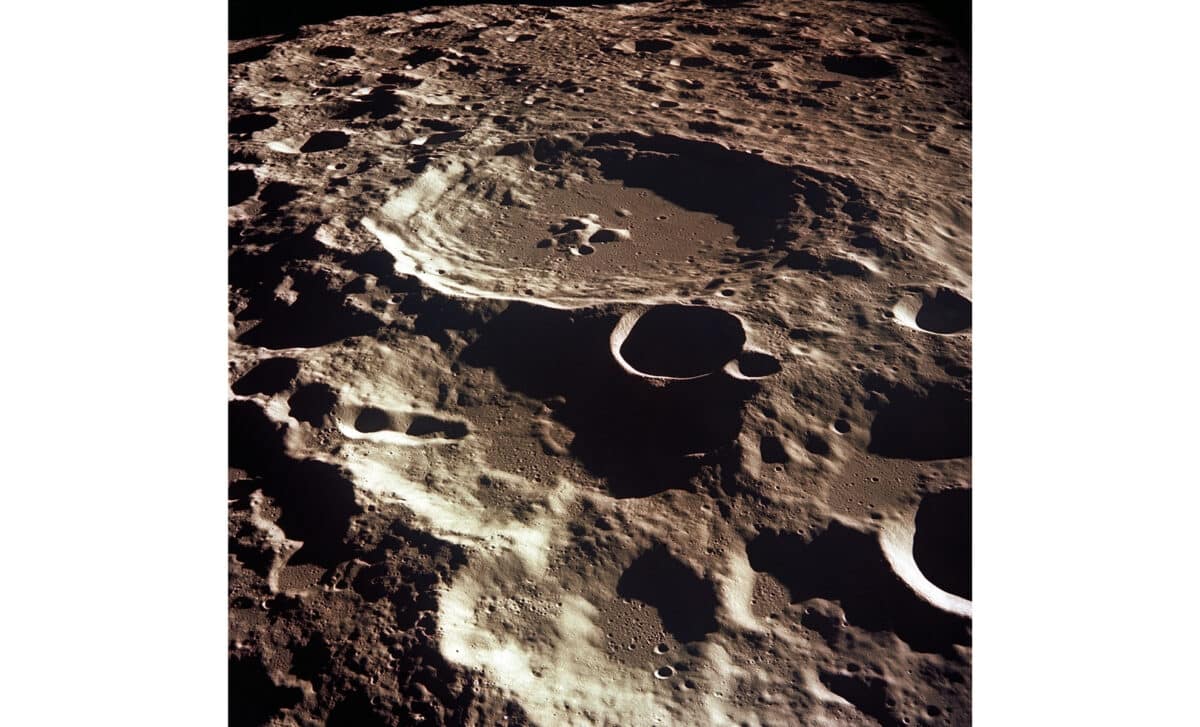Using the Yutu-2 rover and Lunar Penetrating Radar (LPR), scientists have mapped over 1,000 feet of lunar geology, revealing previously inaccessible layers of volcanic rock, dust, and impact craters. These findings offer a rare glimpse into the moon’s geological history, stretching back billions of years.
Since landing on the moon’s far side in January 2019, Chang’e-4 has been a pioneering force in lunar exploration. For the first time, the mission provided detailed insights into the moon’s subsurface through the LPR, which sends radio signals deep into the moon’s surface to detect underground structures. The new data, released in 2023, uncovers the layers beneath the moon’s surface that have long been a mystery, offering a comprehensive view of the moon’s complex volcanic and impact history.
Lunar Penetrating Radar Maps the Moon’s Hidden Layers
The Yutu-2 rover’s Lunar Penetrating Radar (LPR) has enabled scientists to look beneath the moon’s surface, sending out radio signals and measuring the returning echoes. According to Live Science, this technology has allowed researchers to map the top 1,000 feet of lunar geology, offering an unprecedented look at the hidden layers.
The data revealed a combination of dust, soil, and broken rocks, as well as evidence of an ancient crater formed by a large impact. Beneath the surface, scientists discovered five distinct layers of volcanic rock, remnants of eruptions that occurred billions of years ago during a period of intense geological activity on the moon.
This radar data has been a game-changer, as previous missions only managed to study the uppermost layers of the moon’s surface. With this new insight, researchers can begin to piece together the moon’s early history, tracing its volcanic activity and impact events in greater detail.
As Jianqing Feng, an astrogeological researcher at the Planetary Science Institute, noted, the findings suggest that the moon cooled over time, with volcanic eruptions becoming less frequent and the lava flows growing thinner as the moon’s internal energy waned.

Crater Discovery Offers Clues to Lunar History
One of the most significant discoveries in this new data is the identification of an impact crater buried beneath the surface. The crater, which formed when a large object struck the moon, is surrounded by ejecta—material blasted from the impact site.
As reported by Indy100, the presence of such craters on the moon is not new, but the detailed mapping of their underlying structures is a major breakthrough. These craters, formed over billions of years, reveal the violent history of the moon as it was bombarded by space debris in its early days.
Scientists believe that the impact events that created these craters were part of a larger, chaotic period in the solar system’s early history. The moon’s surface was regularly pummeled by meteoroids, leading to cracks and fractures that allowed volcanic magma to escape, forming the layers of rock discovered by the Chang’e-4 mission.

Volcanic Activity and the Moon’s Cooling Process
The data also reveals important details about the moon’s volcanic activity. The Chang’e-4 mission confirmed that volcanic eruptions were once more frequent on the moon, but over time, the activity slowed as the moon cooled.
As the magma chambers emptied, the volcanic rock layers became thinner closer to the surface, providing clear evidence that the moon’s volcanic energy diminished as it aged. While volcanic activity on the moon is believed to have ceased around one billion years ago, some researchers suggest there could still be magma deep below the surface, though this is still under investigation.
These findings offer important insights into the evolution of the moon, showing how it transitioned from a geologically active body to one that is largely considered “geologically dead.” However, the possibility of residual magma deep within the moon’s interior leaves open the potential for future discoveries and exploration. As Feng and his team continue to study the data from Chang’e-4, the mission holds promise for uncovering more about the moon’s history and its potential for future research.

